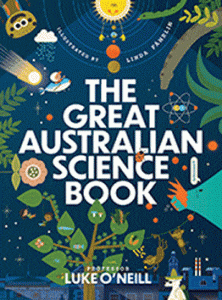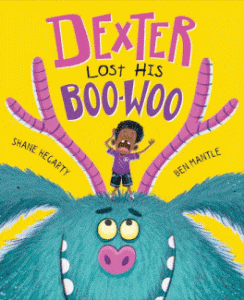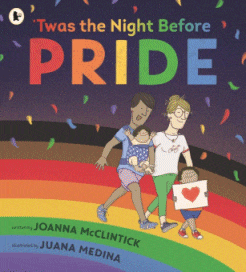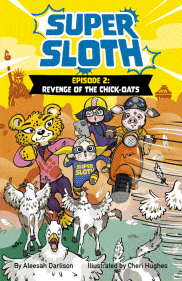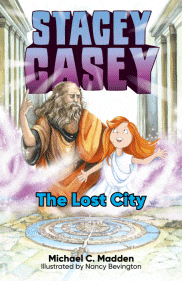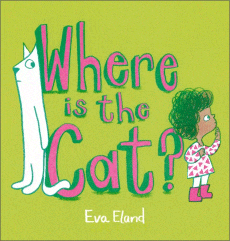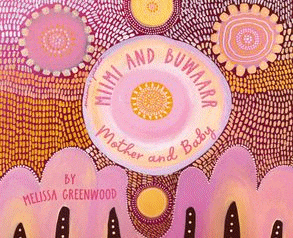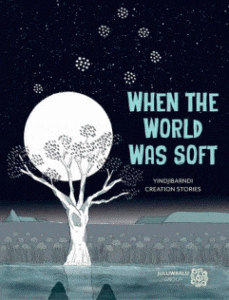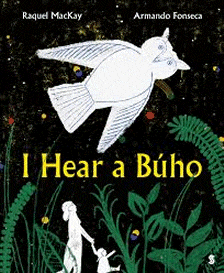
I Hear a Búho
I Hear a Búho
Raquel Mackay
Armando Fonseca
Scribble Kids, 2024
32pp., hbk., RRP $A24.99
9781761380495
As night falls, a mother and daughter snuggle together in a hammock on their porch, and listen to the sounds of the night. The young girl makes animal calls and her mother responds, identifying the creatures in Spanish while the striking illustrations identify them for those who don’t speak that language. Then to their surprise a real búho appears and flies across the night sky.
When she was little, Ms Almost-18 and I drove regularly between Canberra and Cooma and on the way she would delight in teaching me the Spanish words that she learned from watching Dora the Explorer and took even more delight in the words she knew and which I didn’t (and I had to guess from her clues). Children are fascinated by other languages and so this new book, the first bilingual text from this publisher, not only gives young Spanish-speaking readers the buzz of seeing their language celebrated in a book but also offers non-Spanish speakers some new words to add to their vocabularies so they, too, can baffle their elders.
I recently gave another bilingual book to a friend teaching a couple of Italian-speaking children and she told me that the doors it opened and the bridges it built between school and home were remarkable as the whole family got involved in sharing it, so we should never underestimate the power of acknowledging the languages spoken by our children and demonstrating to parents that we do this. The animals that are featured in this seemingly simple rhyming story are a dog, cat, frog and owl, so how inclusive would it be if we invited all students to teach us what their words for these creatures are, and then extend that to teaching us their words for other creatures that we see around us in the local environment, or for the sounds we hear as night falls. The sights and sounds of the city are very different to the sights and sounds of the country.
As with many well-written picture books that appear at first glance to be for the very young, in the hands of an imaginative teacher they can become powerful teaching tools for all ages, and this one has great potential too.
